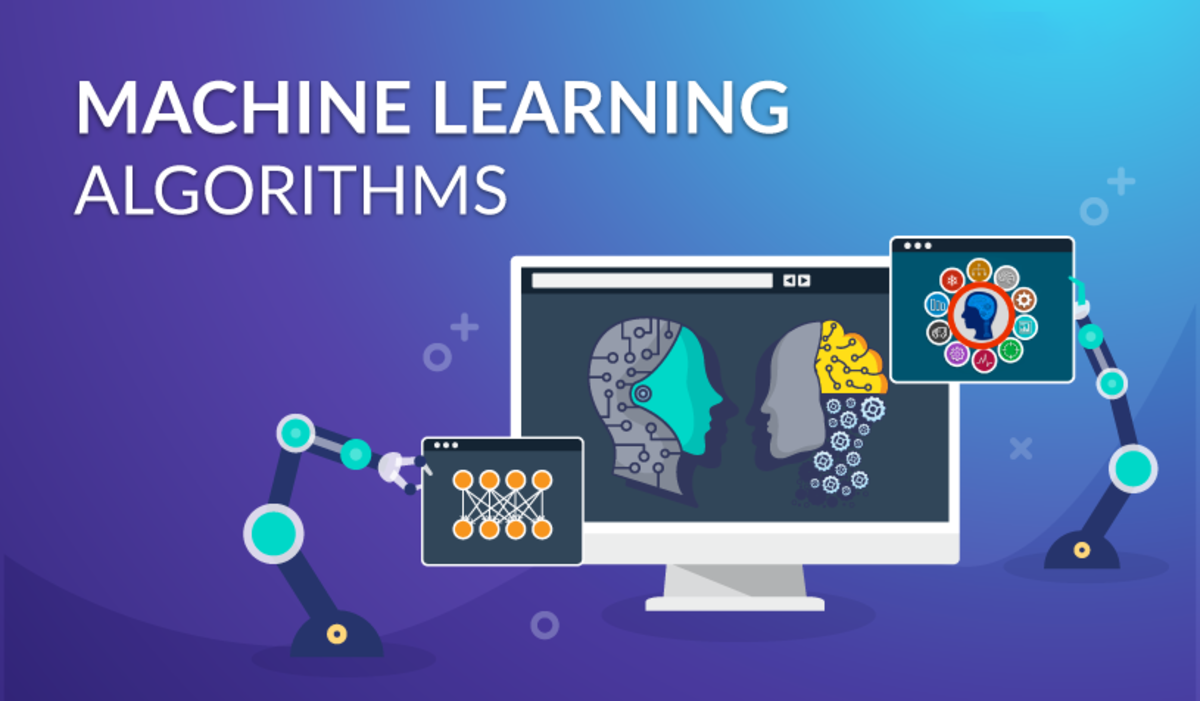Introduction
Machine Learning (ML) algorithms form the backbone of the field, powering intelligent systems and applications across various domains. This comprehensive guide explores the most common machine learning algorithms, their applications, and the underlying principles that make them effective in solving diverse problems.
Linear Regression
Overview: Linear regression is a foundational algorithm for predictive modeling, predicting a continuous output based on input features.
Applications: Used in various fields for forecasting and trend analysis, such as predicting sales based on advertising expenditure.
Decision Trees
Overview: Decision trees use a tree-like model to make decisions based on input features, breaking down a problem into simpler decisions.
Applications: Classification problems, such as spam filtering, and regression tasks, like predicting housing prices.
Support Vector Machines (SVM)
Overview: SVM classifies data points by finding the hyperplane that best separates them into different classes.
Applications: Used in image classification, handwriting recognition, and bioinformatics.
K-Means Clustering
Overview: K-Means groups data points into clusters based on similarity, aiming to minimize the within-cluster variance.
Applications: Customer segmentation, anomaly detection, and image compression.
Hierarchical Clustering
Overview: Hierarchical clustering builds a tree-like structure of clusters, revealing relationships between data points at different levels.
Applications: Taxonomy creation, gene expression analysis, and document classification.
Principal Component Analysis (PCA)
Overview: PCA reduces the dimensionality of data while retaining its essential features, making it easier to analyze.
Applications: Image compression, feature extraction, and dimensionality reduction.
Q-Learning
Overview: Q-Learning is a model-free reinforcement learning algorithm that learns to make decisions by maximizing cumulative rewards.
Applications: Game playing, robotic control, and autonomous vehicle navigation.
Deep Q Networks (DQN)
Overview: DQN combines Q-learning with deep neural networks to handle complex and high-dimensional state spaces.
Applications: Playing video games, robotic control in dynamic environments.
Policy Gradient Methods
Overview: Policy gradient methods directly optimize the policy of an agent, enabling it to learn complex strategies.
Applications: Natural language processing, game playing, and robotics.
Random Forest
Overview: Random Forest is an ensemble of decision trees, providing robustness and reducing overfitting.
Applications: Classification and regression tasks, including predicting diseases and financial market trends.
Gradient Boosting Machines
Overview: Gradient boosting builds a series of weak learners, combining their predictions to create a strong model.
Applications: Fraud detection, ranking problems, and click-through rate prediction.
AdaBoost
Overview: AdaBoost combines multiple weak learners to create a strong model, assigning higher weights to misclassified instances.
Applications: Face detection, text classification, and customer churn prediction.
Conclusion
Machine learning algorithms play a pivotal role in unlocking the potential of data, enabling systems to learn, adapt, and make informed decisions. From supervised and unsupervised learning to reinforcement and ensemble methods, the diverse array of algorithms empowers applications across industries. Staying informed about these algorithms and their applications is key to navigating the dynamic landscape of machine learning.
FAQs
What is linear regression, and where is it applied?
Linear regression predicts a continuous output based on input features and is applied in forecasting and trend analysis, such as predicting sales.
How do decision trees work, and what are their applications?
Decision trees use a tree-like model for decision-making and are used in classification problems like spam filtering and regression tasks like predicting housing prices.
What is K-Means clustering, and where is it used?
K-Means clustering groups data points into clusters based on similarity and is used in customer segmentation, anomaly detection, and image compression.
Explain reinforcement learning algorithms like Q-Learning and DQN.
Q-Learning is a model-free reinforcement learning algorithm that maximizes cumulative rewards. DQN combines Q-learning with deep neural networks to handle complex state spaces.
Source Links:





